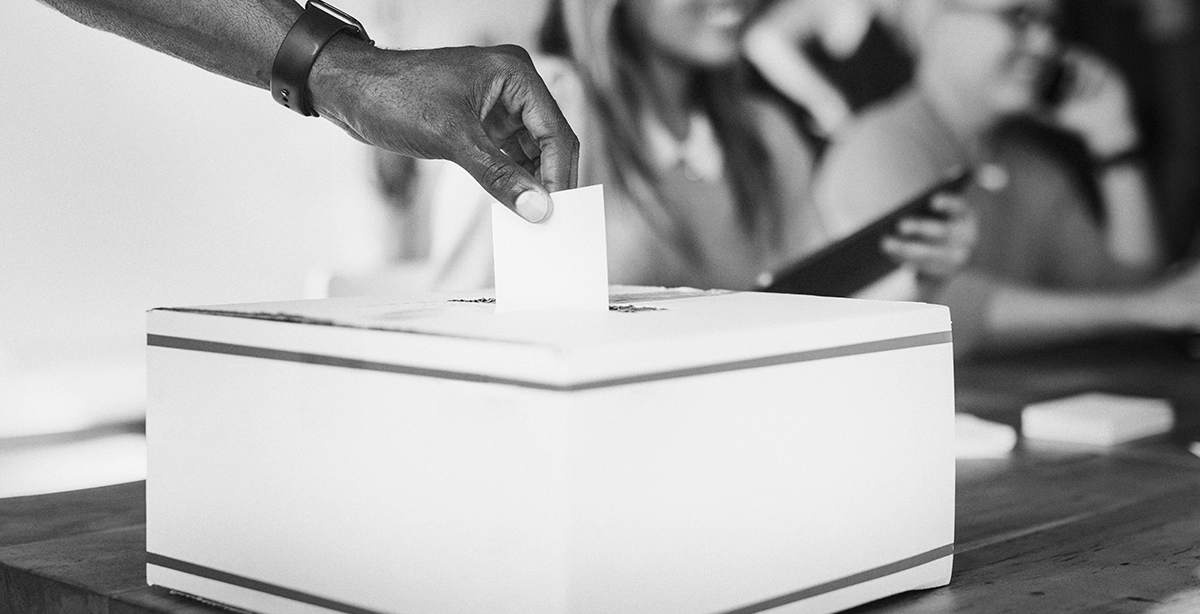Residents in many cities, including several major metropolitan areas, are casting ballots for top local offices this year. While the mayoral race in New York City is drawing the lion’s share of attention, other contests could offer a valuable temperature check on voter sentiment, both regionally and nationally.
This November, voters in cities like Albuquerque, Atlanta, Boston, Charlotte, Cleveland, Detroit, Miami, New Orleans, Pittsburgh, St. Paul, and San Antonio will head to the polls. So far this year, Fort Worth reelected Republican Mayor Mattie Parker in May, while Omaha voters ousted Republican incumbent Jean Stothert in favor of Democrat John Ewing Jr.
In Seattle, eight candidates have filed to challenge incumbent Mayor Bruce Harrell (D). His leading primary challenger is Transit Riders Union cofounder Katie Wilson, whose platform centers on affordable housing and the city’s unhoused population, two issues that shaped several 2024 mayoral races. Many credit these issues to the unseating incumbents in places like San Francisco, where Mayor London Breed lost to political newcomer Daniel Lurie (D). Lurie, the more moderate challenger, focused his campaign heavily on public safety, setting himself apart from opponents who prioritized housing insecurity. However, a moderate platform does not guarantee electoral success. In the case of Seattle, a progressive challenger is gaining momentum and emerging as a serious contender against the incumbent Democratic mayor, a dynamic mirrored in other major city races this year.
Minneapolis’ relatively quiet mayoral race drew attention last week when the local Democratic Party endorsed State Senator Omar Fateh over incumbent Jacob Frey. A democratic socialist, Fateh is campaigning on a platform of rent freezes, affordable housing, reduced police powers, and curbing the influence of big business. The parallels between his campaign and others, such as New York Assemblymember Zohran Mamdani’s, may indicate a broader shift among voters who are increasingly disillusioned with the candidates traditionally supported by the party.
Amid ongoing decentralization and what many see as increasingly polarized policymaking, officials and stakeholders are already looking ahead to the 2026 midterms. Local races are more relevant than ever, as city leaders continue to test higher levels of government and enact broad policies that often ripple beyond jurisdictional boundaries. While recent upsets have highlighted what looks like an appetite for change, nontraditional candidates still face obstacles in winning over the general population. Many struggle with the limited resources of grassroots campaigns while competing against well-funded incumbents who enjoy the advantage of name recognition. With several months to go before the November elections, the political landscape remains fluid.
